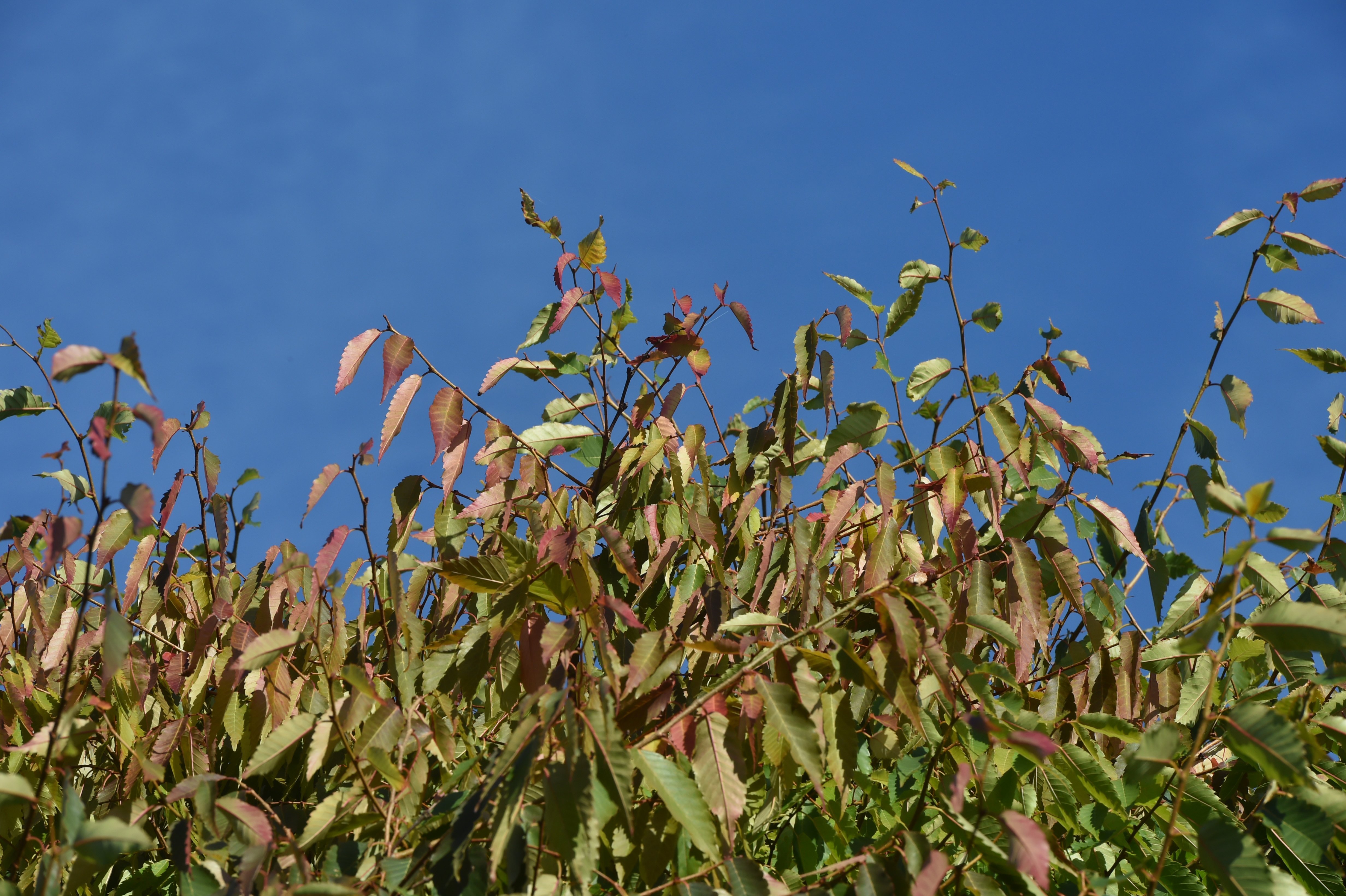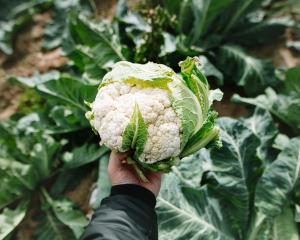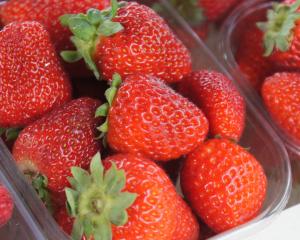

Zelkova serrata has been planted for centuries and old specimens can still be found at ancient shrines in Japan, some over a thousand years old. In recent times, Zelkova serrata has made a suitable alternative to American elm (Ulmus americana), as it is resistant to Dutch elm disease. Its disease resistance and drought tolerance has made this tree a popular choice for urban planting in many countries.
A unique cultivar was even developed here in New Zealand, named ‘‘Kiwi Sunset’’, displaying yellow-tinged leaves.
Zelkova serrata thrives in full sun and well-drained, moist soils, but can tolerate drought and winds once established.
You can see the foliage of Zelkova serrata turn into stunning shades of orange along the Lindsay creek border, located in the lower gardens of Dunedin Botanic Garden.
Garden Life is produced by Dunedin Botanic Garden. For further information contact geographic collection curator Kyla Matthewson












